Instead, we got together to imagine someone had never picked up a PlayStation 4 controller before. Why? I don’t know, maybe they went for an Xbox One and are looking to catch up on exclusive games they’ve missed. Or they’ve been trapped down a well for 5 years, and have just returned home to discover a Fedex box dated November 15th 2013 on their door step. Or perhaps they just clicked on this article to scroll down to the comments and tell us how terrible our opinions are. Either way, these are the ten games we’d recommend to someone looking to see what PlayStation 4 is all about.
Bloodborne
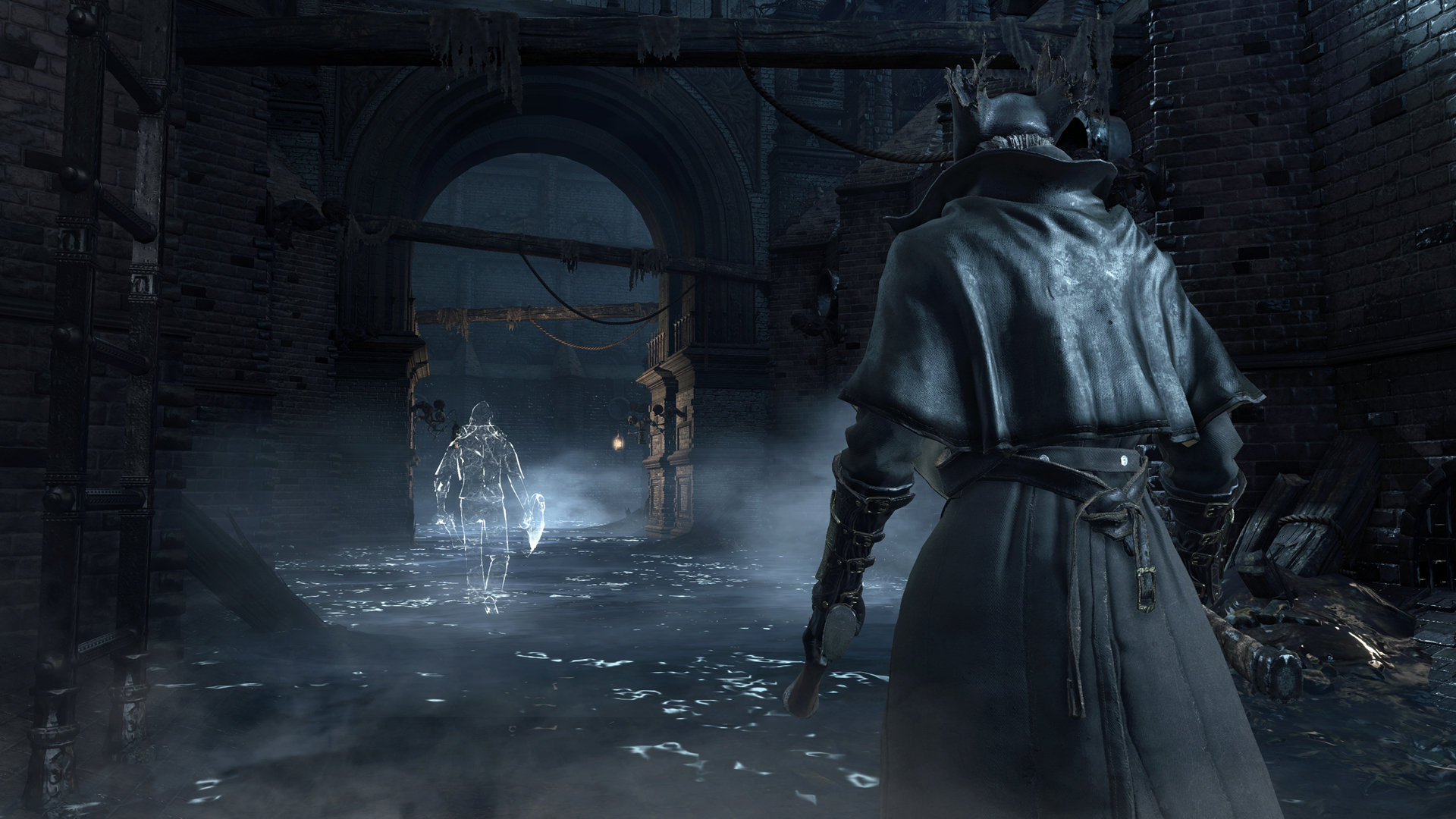
Bloodborne was an early winner this generation — a PS4-exclusive reimagining of the Dark Souls formula. Developer FromSoftware swapped out the Souls games’ gothic fantasy world for a… still-kinda-gothic fantasy world, but introduced a kinder difficulty curve and a faster-paced combat system. You play as a hunter, slowly progressing through a labyrinthine city, mastering your weapon and upgrading your stats. If you haven’t played Bloodborne yet, some of FromSoftware’s most memorable boss battles ever await you.
God of War
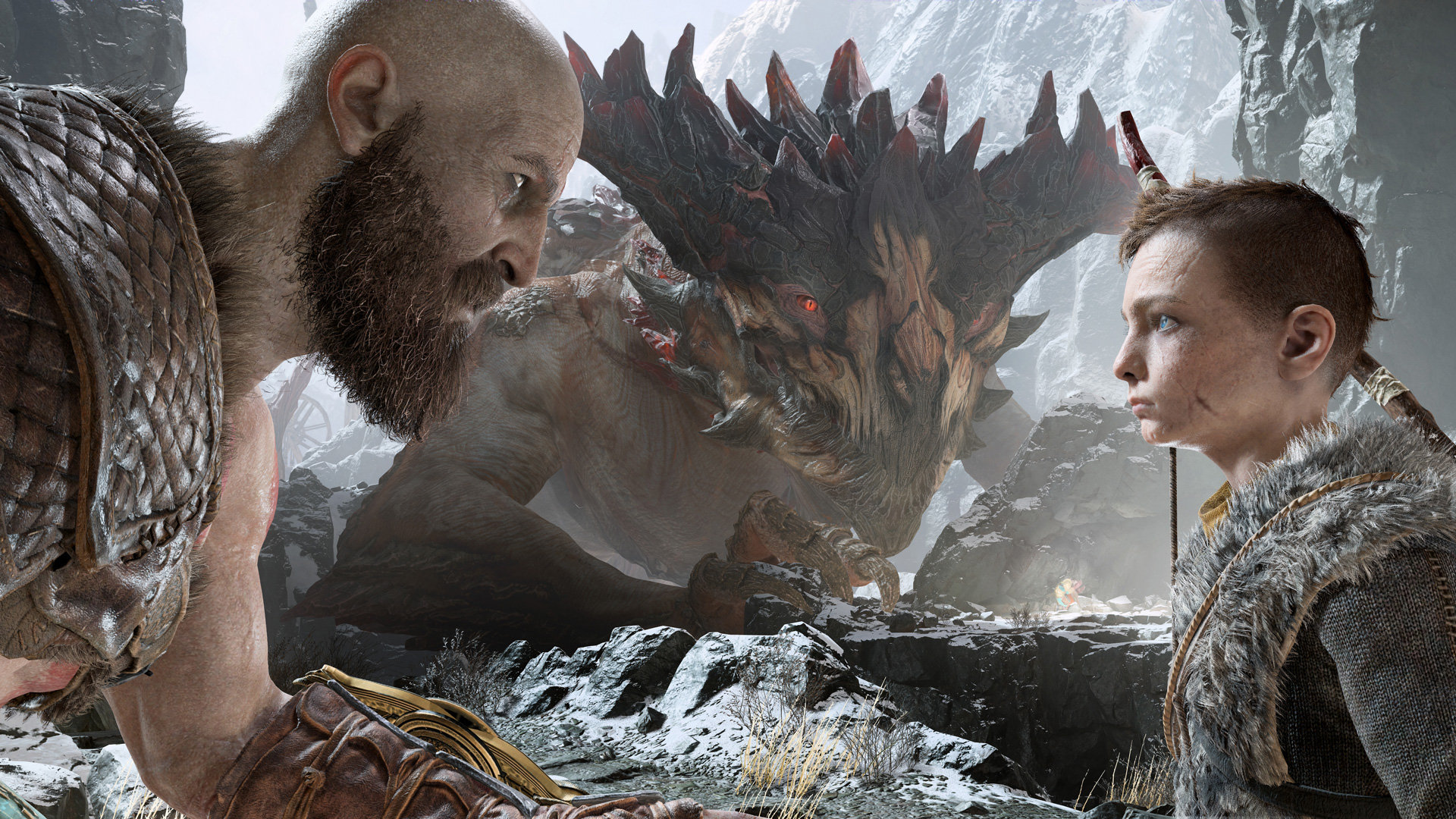
Sony’s God of War series had laid dormant for half a decade when its latest incarnation hit stores in early 2018, and for good reason. Antiquated gameplay and troubling themes had made it an ill-fit for the modern gaming landscape. No more. SIE Santa Monica Studio’s God of War manages to successfully reboot the series while turning the previous games’ narrative weaknesses into its strengths. Kratos is now a dad, the camera is now essentially strapped to his shoulder and Sony has what is sure to become a new series on its hands.
Horizon Zero Dawn
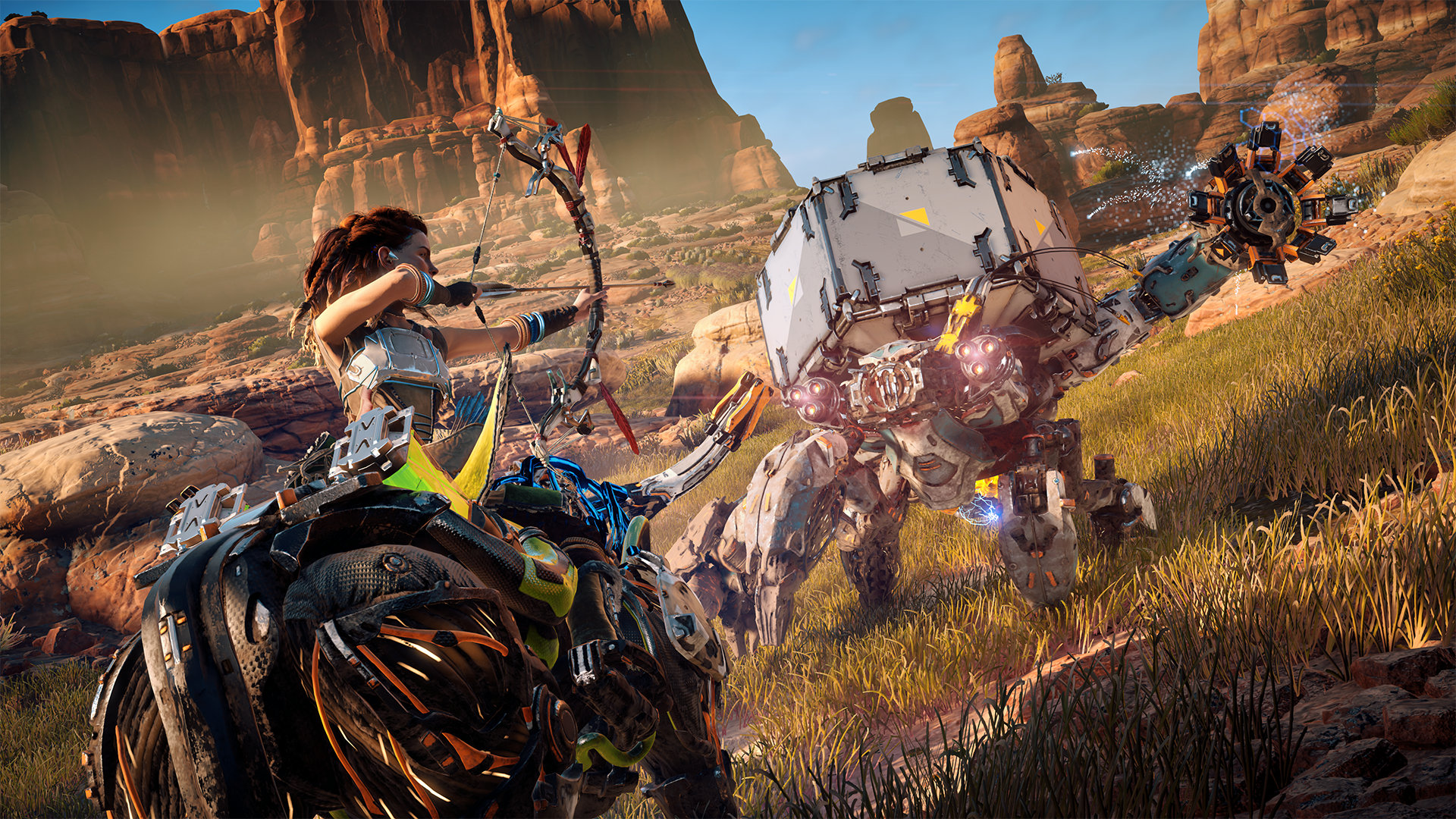
After years spent churning our various Killzone titles, developer Guerrilla Games finally cut loose with a rich and imaginative new game in Horizon Zero Dawn. The game blends gorgeous post-apocalyptic open world with combat, crafting and a quiet but memorable story. Sure, it might not break new ground, but Horizon does everything so well that it doesn’t even matter. It also, two years after its release, remains one of the most beautiful games of this generation.
Marvel’s Spider-Man
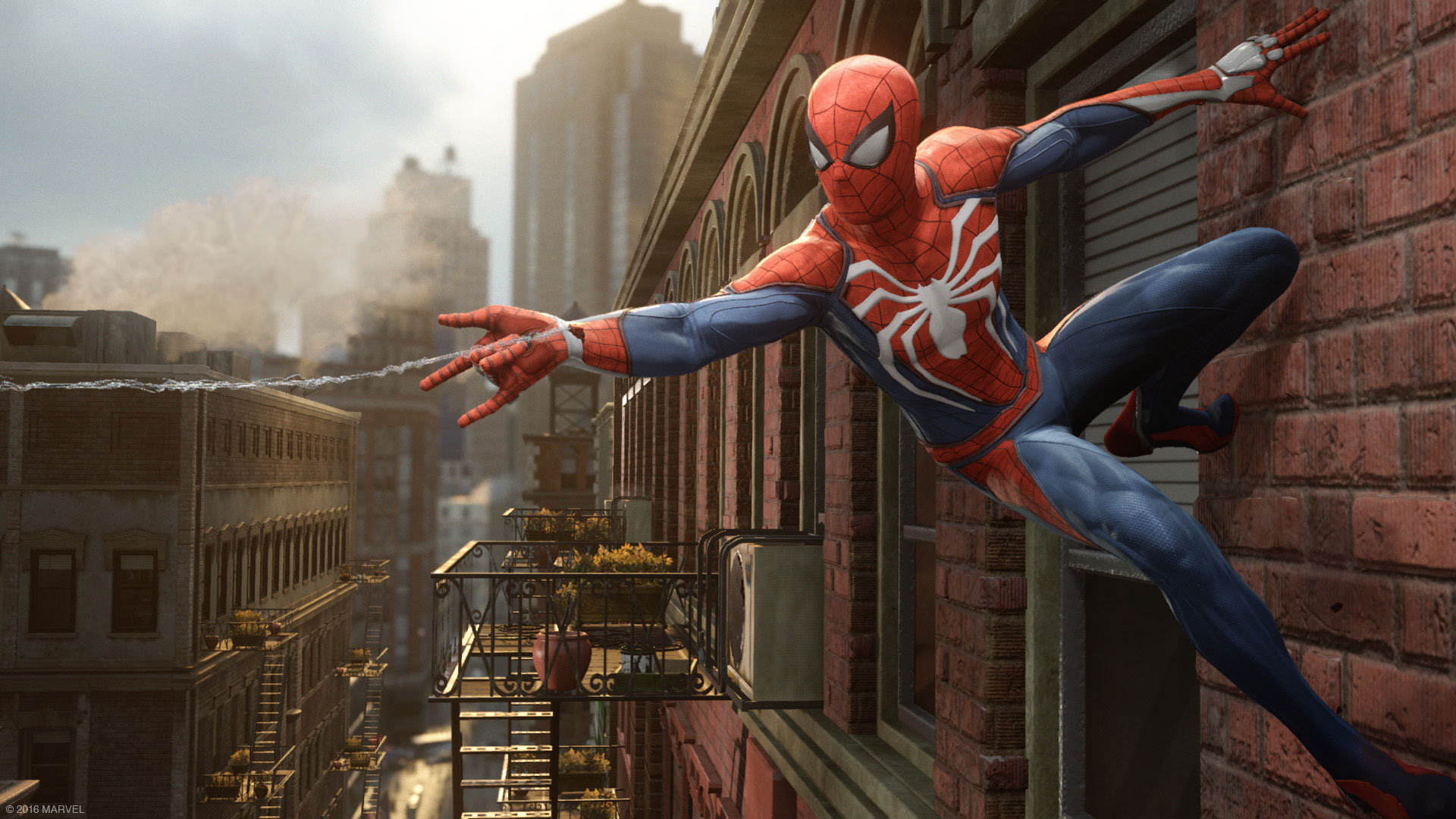
Finally, you don’t have to pick up Spider-Man 2 on the GameCube to get your web-slinging fix anymore. For almost 15 years, that game was held as the gold standard for a Spider-Man game, and I’ll let you into a secret: it wasn’t actually that good. Marvel’s Spider-Man, on the other hand, is a tour de force. Featuring the best representation of what it’s like to swing through New York City, well, ever, Insomniac’s PS4 exclusive also borrows liberally from the Batman: Arkham series’ combat and throws in a story that, although it takes a while to get going, ends up in a jaw-dropping place. A must-buy.
Monster Hunter: World
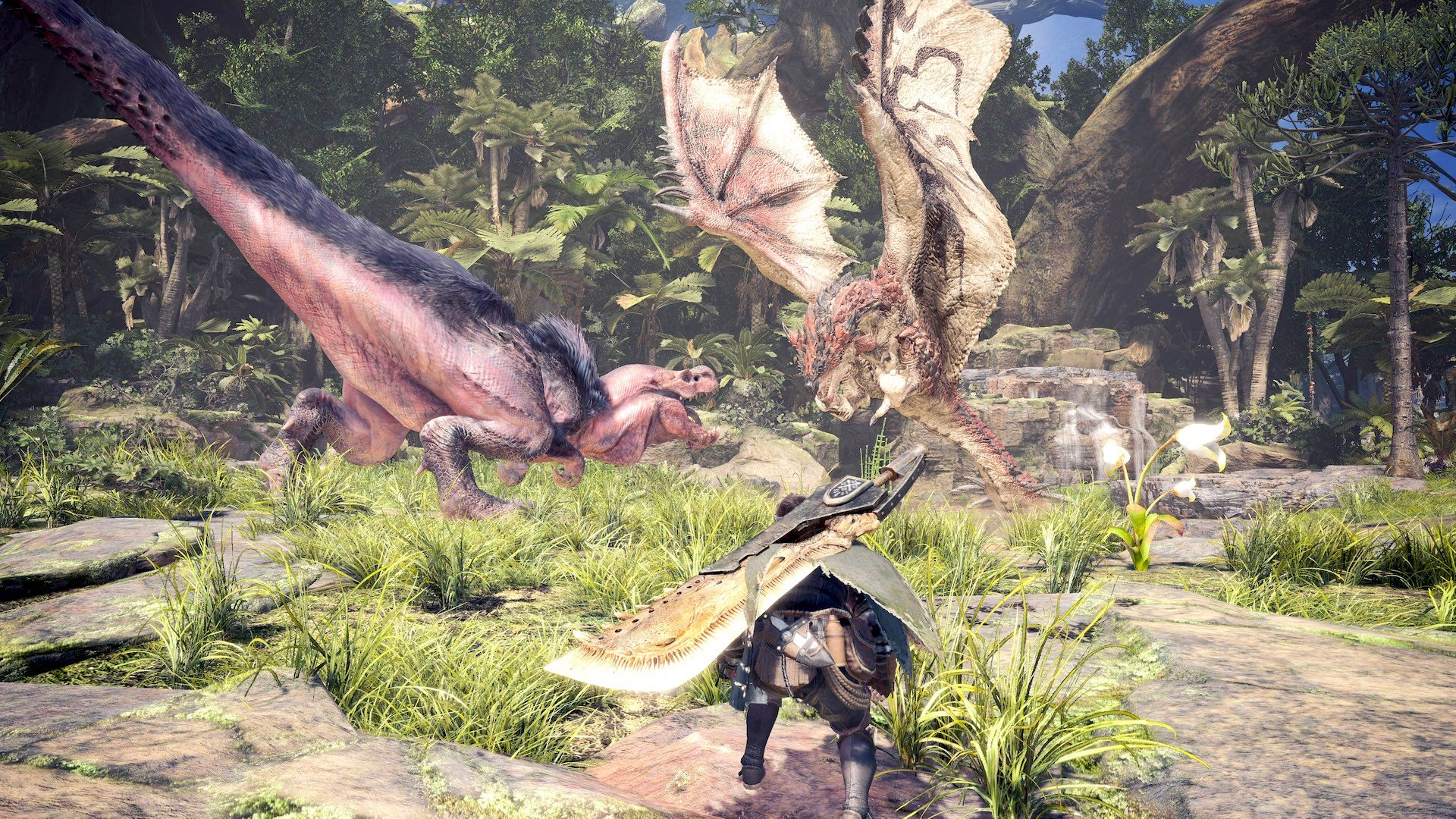
Monster Hunter has, for many, been impossible to decipher. It’s one of those series that we all know we should play, but trying to make your way through Monster Hunter 4 for the 3DS was a truly disorienting experience. All Monster Hunter: World had to do, then, was take the apparently winning gameplay formula and make it accessible. Good thing it did that, and more, then. It’s now easy to explain why you should pick this game up: fight monster, craft gear, fight harder monster, craft gear, fight harder monster. Or even, find friends, craft gear, fight enormous monster. It’s a pure gameplay loop that anyone can get on board with.
Persona 5

The third-best Persona game is still a very, very good game. The series’ trademark dungeon-crawler-plus-life-sim hook remains its biggest selling point, but Atlus takes that formula away from the Japanese countryside kicking and screaming into Tokyo. Oozing style and polish, and with a memorable and enormous cast, Persona 5 is the best RPG you can buy for your PS4.
Red Dead Redemption 2
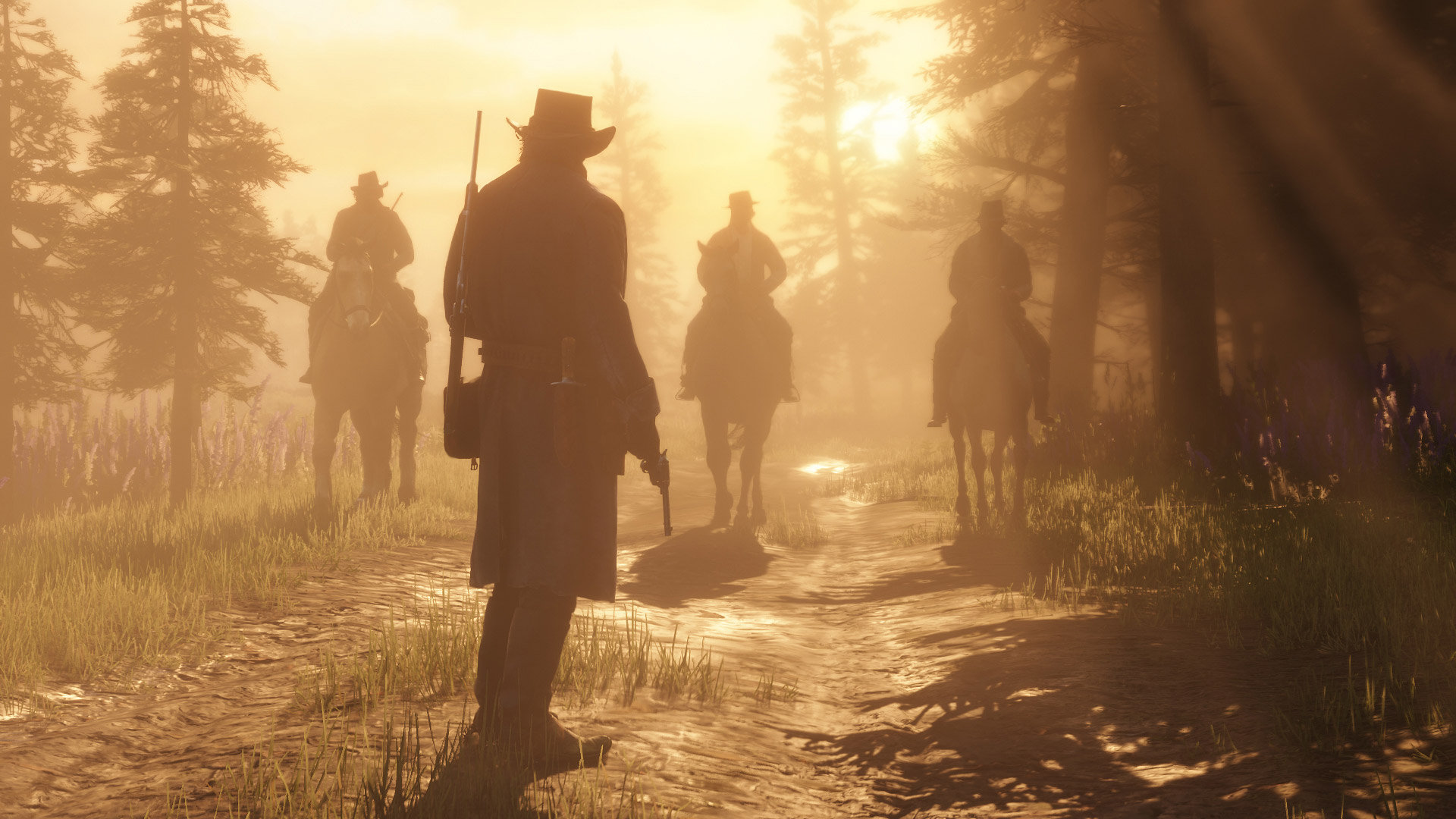
Red Dead Redemption 2 is the kind of game no one but Rockstar, the team behind the GTA series, could make. Only when a studio is this successful can it pour millions of dollars and man hours into a game. Rockstar’s simulation of a crumbling frontier world is enthralling, and serves as a perfect backdrop to an uncharacteristically measured story. While the studio’s gameplay may not have moved massively forward, the writing and characters of RDR2 will stay with you.
Resident Evil 7 Biohazard

Many were ready to write off the Resident Evil series after the disaster that was Resident Evil 6. What started as the horror game on the original PlayStation had become a bloated mess of an action game. Instead of throwing the whole franchise in the trash and forgetting about it, Capcom took a hard look at what wasn’t working, which — surprise! — was basically everything, and thoroughly rebooted the formula. Borrowing from Kojima’s PT and, in some ways, Creative Assembly’s Alien: Isolation, Resident Evil 7 Biohazard is horror through powerlessness. For the majority of the game, you’re basically unable to do anything but run from or delay your foes. And that’s what makes it so good.
Tetris Effect
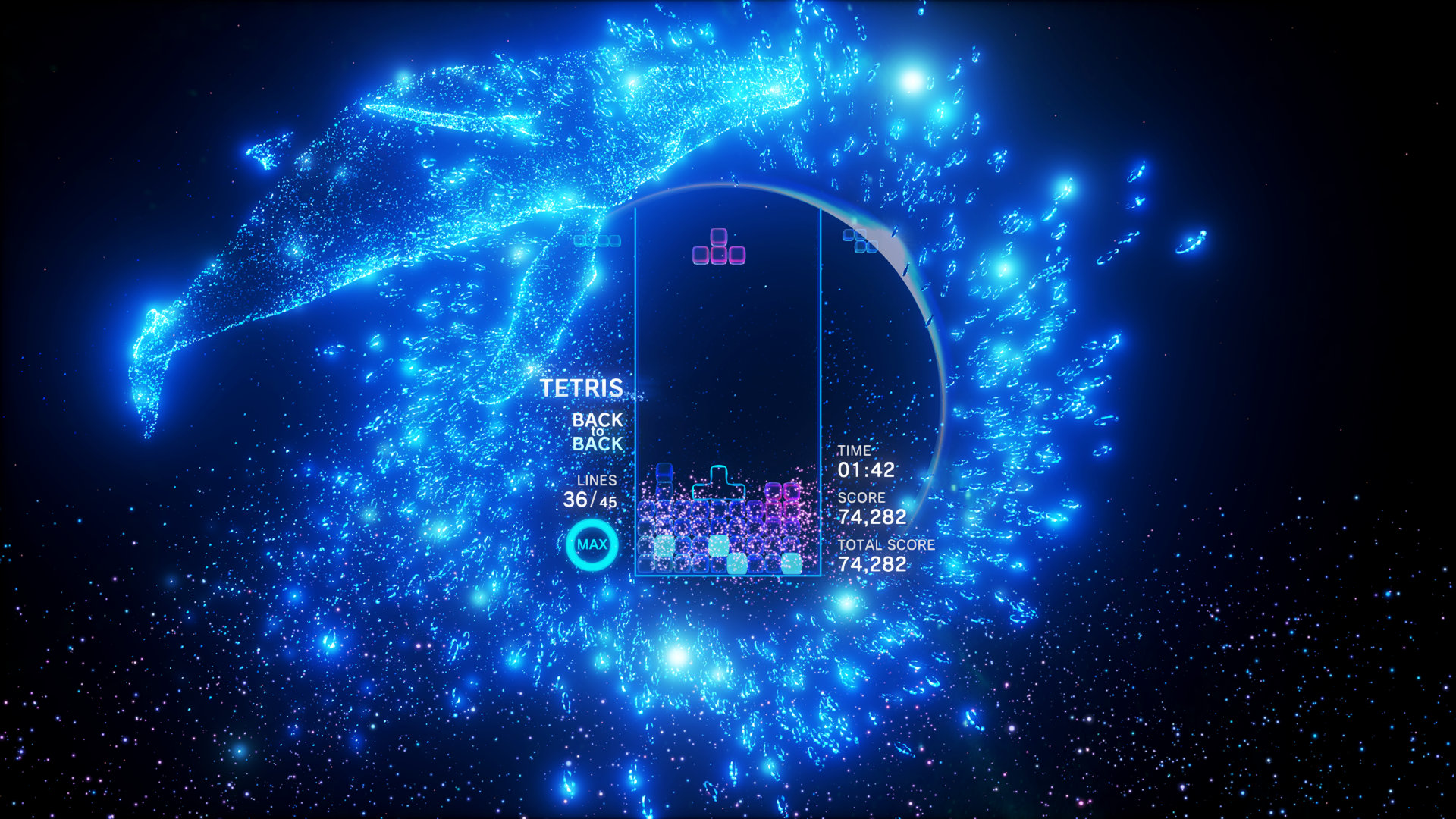
Tetris Effect is both the best Tetris game in years and the best PSVR game perhaps ever. From the mind of Tetsuya Mizuguchi, the developer behind Rez, Lumines and Child of Eden, Tetris Effect blends classic Tetris game play with music and a whole lot of particle effects to create something that’s more than the sum of its parts. Immersive to the point of transcendentalism.
Until Dawn
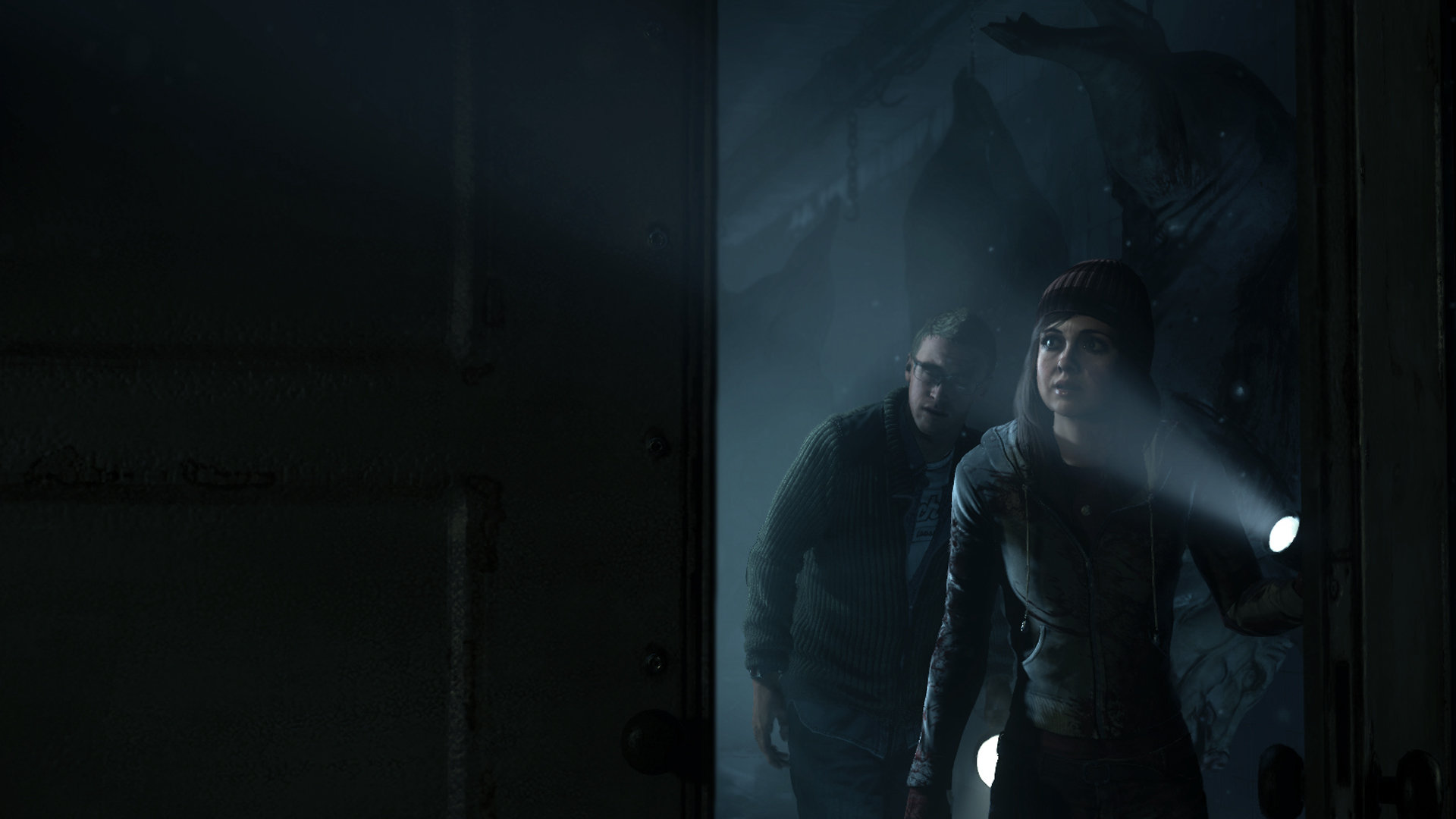
If Resident Evil 7 is a grindhouse horror classic, Until Dawn is a slasher movie through and through. Essentially a very fancy point-and-click adventure game, Until Dawn follows a group of eight teens inexplicably doing the “cabin in the woods” thing. It’s your job to guide them through countless decisions and try to get as many of them to the end of the game alive. With a rich “butterfly effect” branching story, Until Dawn is very replayable, and actually makes a fantastic party game for anyone tired of always playing Mario Kart or Smash Bros. at every gathering.
The best games
Explore our top picks for every system
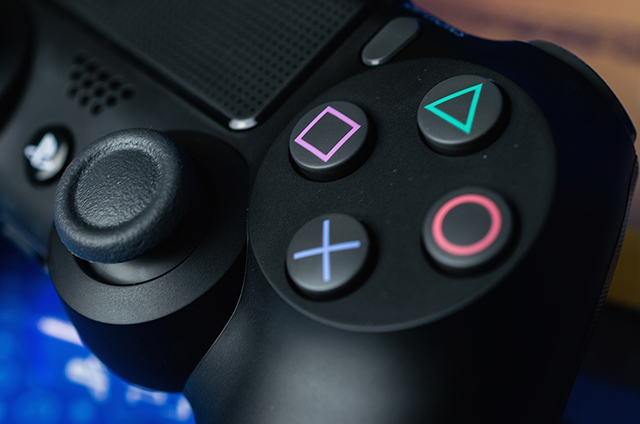
- Monday: PlayStation 4
- Tuesday: Xbox One
- Wednesday: Switch
- Thursday: PC
- Friday: Mobile
- Saturday: Free-to-play













